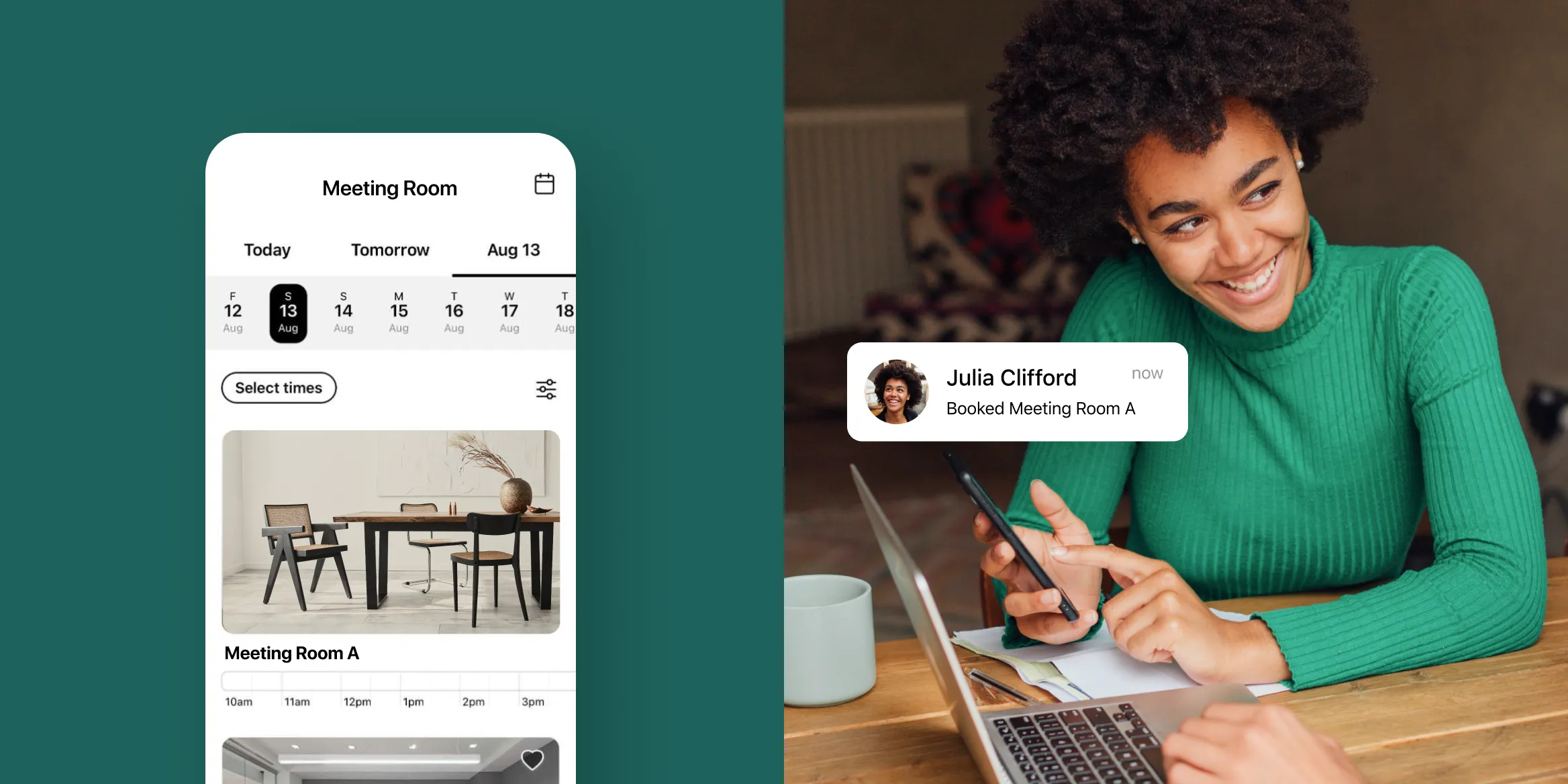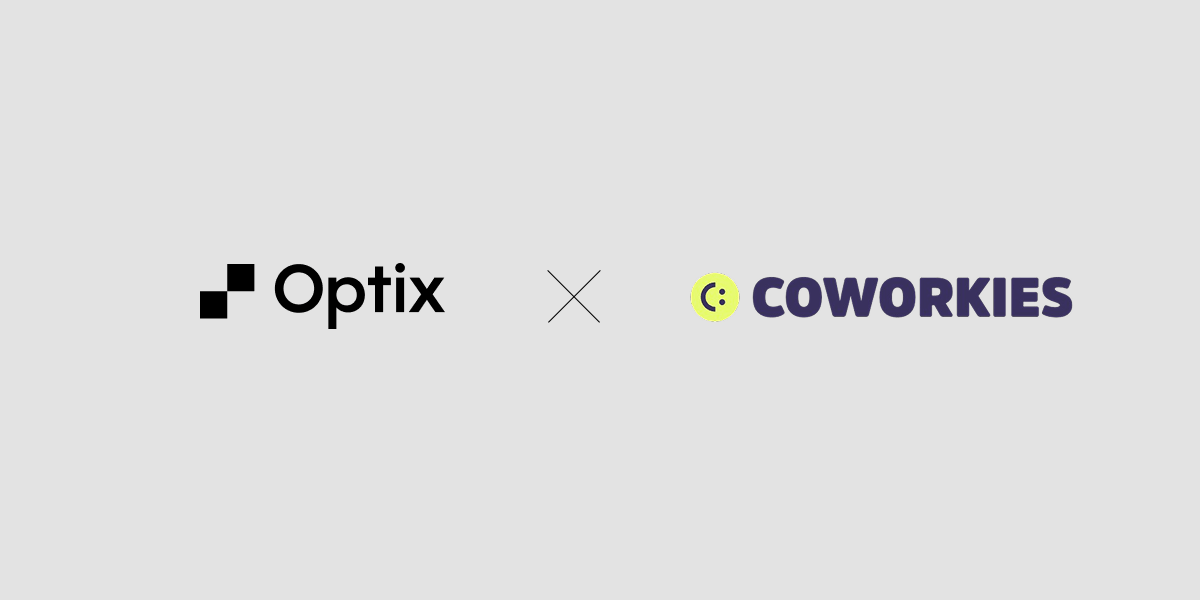
The modern world is teeming with data, and the modern workplace is no different. But what are organizations doing with the data that they collect? More and more offices of all types, from small independent coworking spaces all the way up to large enterprises, are looking for ways to collect hyper-contextual data they can use to inform their business decision-making process. Insights distilled from this raw data can inform everything from space planning and utilization to employee engagement and community building efforts.
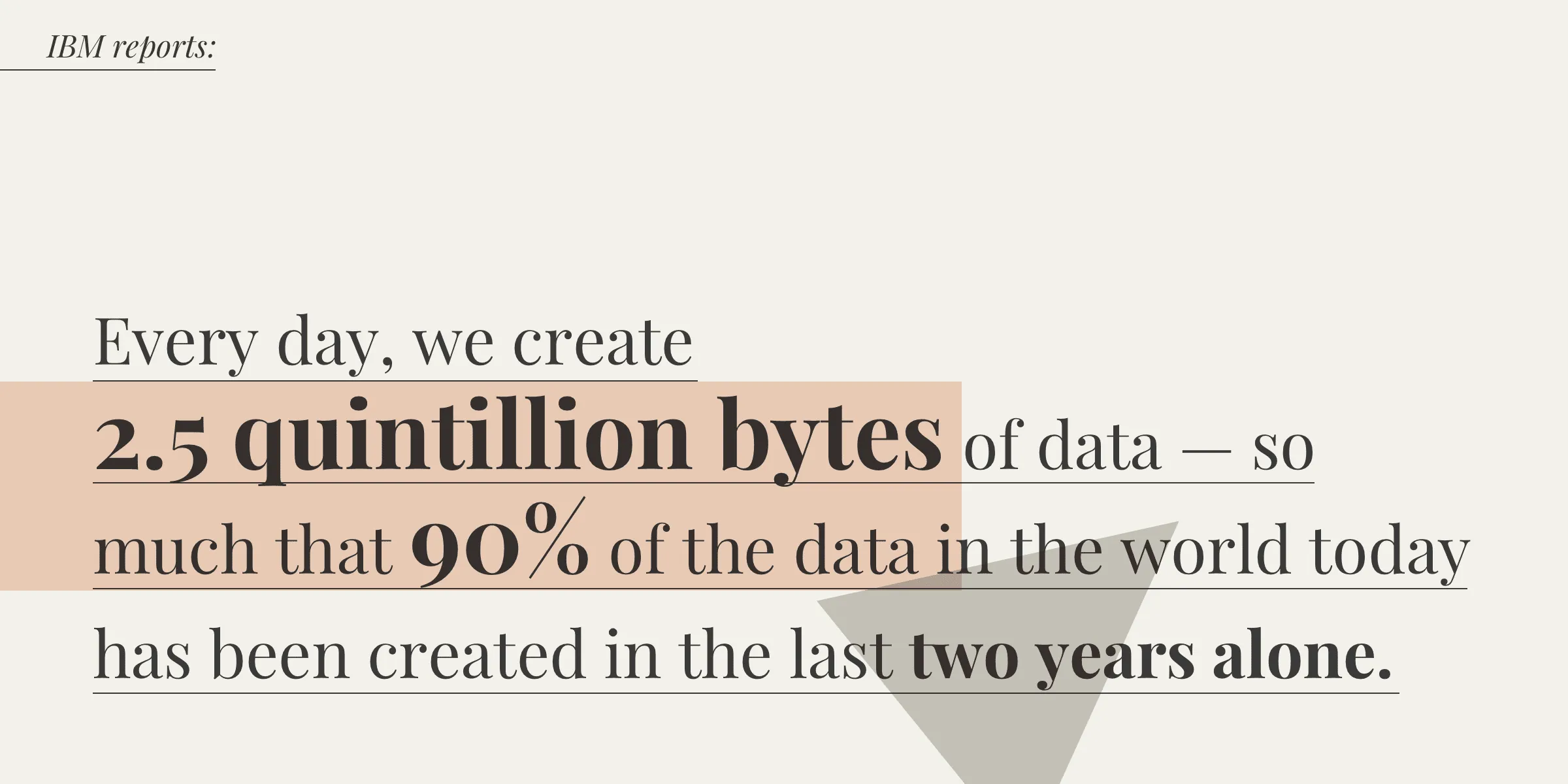
However, not all data is created equal. Capturing natural human behavior within a space is notoriously difficult to tie to quantifiable, measurable metrics. Many softwares and technologies seek to fill that gap – sensors attached to chairs, tablets mounted to meeting room doors – but most fall short of their goals. They perhaps capture data related to a part of the workplace experience. But if you want holistic change, you need to start with a holistic solution.
What are the biggest roadblocks organizations face in collecting data they can use?
Relying on outdated systems
Many offices still use archaic systems. These systems either don’t collect data or the company lacks a way to organize and analyze the data they capture into any kind of meaningful results.
Adopting multiple clunky, disconnected systems
Some offices use multiple solutions to solve individual problems within their workplace. But each of these only collect fragmented data that lacks crucial context. Furthermore, these different systems cannot work together to provide powerful synthesized takeaways.
For example, say a venue leans on a calendar software to schedule meetings and chair sensors to capture presence. Their tools gather two separate pools of data. Each of these sets of data provide a certain amount of insight. However it’s difficult to derive any collective insights from these disconnected systems. You might know from your calendar that a conference room was booked 40% of the time this quarter…but what was the actual utilization of the meeting room? Did those who booked the space actually show up to the meeting? Were they present the entire length of the booking, or leave early? Was their reservation for five individuals only for just three to actually attend?
Potential change management headaches
But perhaps the largest roadblock of them all is psychological. The implementation of a software that collects this data requires those at the office to learn a new system. This can be much easier said than done. It means getting those individuals to successfully incorporate the system into their daily routine. And that can feel like pushing a boulder up a mountain. If there’s resistance to change within the organization, or the organization is pushing the end user to adopt a system that feels rigid or hard to use, you’ve got a major problem.
The components of a successful workspace management solution
We believe in the idea that presence-based, mobile-first technology is poised to revolutionize decision-making within the workplace. Utilizing Bluetooth technology to track an individual’s movement through space (and building this data collection into an app that the end user will actually want to use) is a recipe for success. It allows managers to put quantifiable data to something as complex and fluid as the way individuals move through a space. In turn, this allows organizations to make smarter, more informed decisions when it comes to space planning. But the real key is that it starts with a tool the end users and managers alike will actually find useful and non-disruptive, two key components of a successful change management process.

It solves the end user’s problems
Many solutions are built to satisfy the needs of the executives or manager first and the needs of the end user second. It’s obviously important to ensure the leadership team is excited about the tools. However, adoption by the end user is critical to the success of implementing a new tool into the workplace. First and foremost, it’s the mobile-first approach that sets Optix apart from other workplace management solutions.
The data collection and analysis form one integrated solution
Raw data is meaningless, without a way to analyze. Therefore it’s essential to utilize a solution that has seamlessly collects and synthesizes information to reach any kind of meaningful conclusions.
It’s easy to use
The tool must fit seamlessly into the everyday life of the one using it. It must include intuitive navigation and a beautiful design that’s fun to engage with.
It contains ability to privatize data
When it comes to collecting data to make space planning decisions, managers don’t necessarily need to know who is frequenting a space within their venue, but are rather simply interested in knowing that someone is frequenting that space. Having the option to anonymize data can become an essential part of putting the more privacy-sensitive individuals at ease.
The two major components of workplace design driven by data
Interior designers, workplace planners, and others concerned with creating efficient, engaging environments will continue to rely more and more upon data to drive their decision-making process.
Using contextual data to drive decisions in the workplace ultimately stands to benefit both the managers of a space and the end users (e.g. the members of a coworking space or employees of a company).
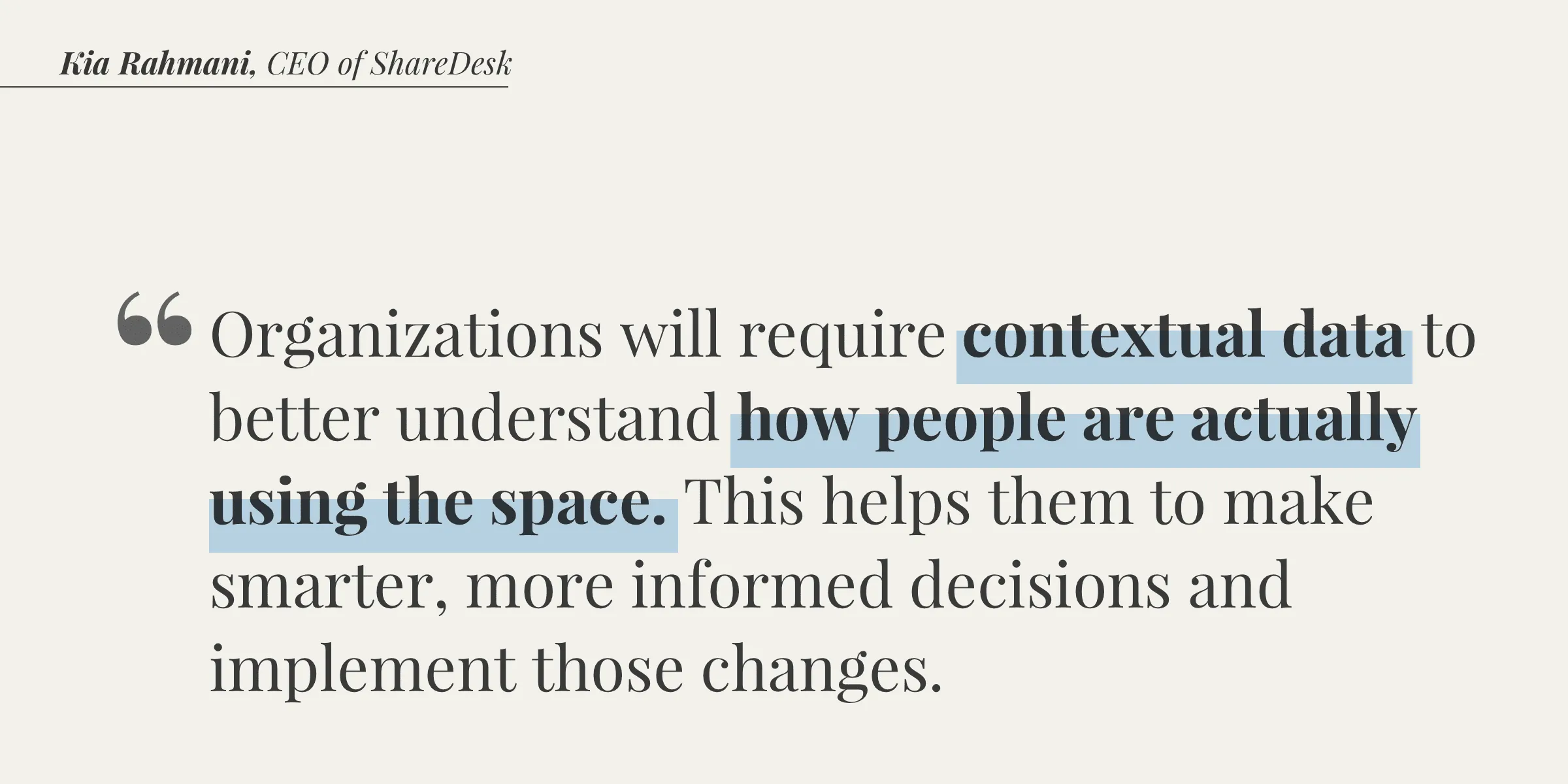
Workplace planning
It’s much easier to design a space that your members or employees will love if you consider their opinions. But what’s even more powerful than opinions? Taking a look at their actual behavior. Data allows you to determine which spaces within your venue individuals are naturally gravitating towards when they need to collaborate. It will also allow you to monitor which areas of your venue are standing empty. This all contributes to a more informed decision-making process.
Space utilization
Speaking of standing empty, one of the most exciting uses for data-driven insights on a manager’s decision-making process is optimizing space utilization. In other words, data can help you determine how to be most efficient with the space you have. You can drill down into exactly how much space you need for each individual, how many focused work areas you need vs. collaborative work areas, and ultimately uncover opportunities to reduce your overhead costs dramatically.
Finding a solution that works for everyone
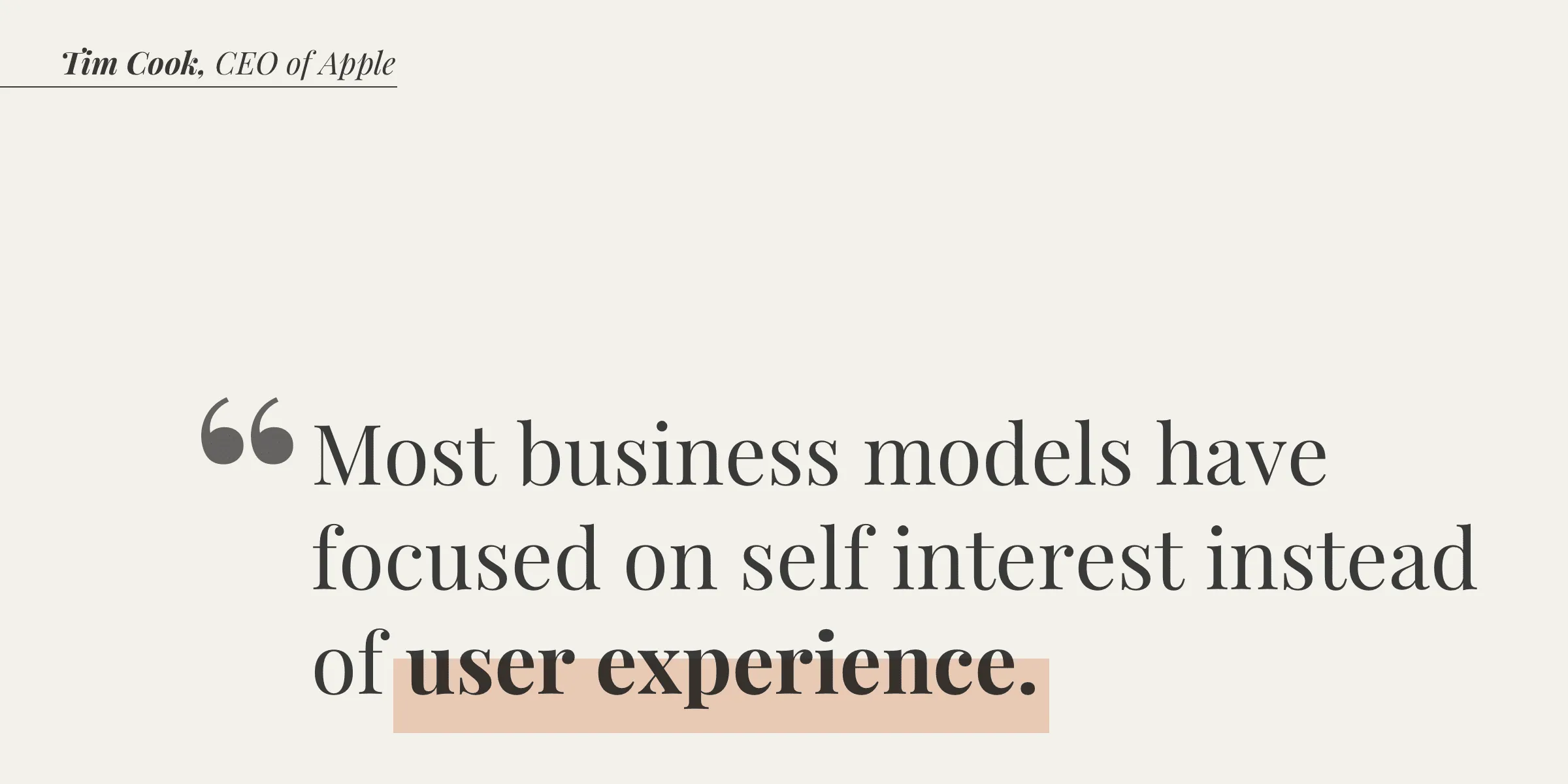
Making sure the needs of everyone are considered when choosing and implementing a workplace management solution is important. You need a solution which the end users are excited to use. The tool must fit seamlessly into their day-to-day experience and add value to their life. At the same time, you also need a solution which synthesizes this data into relevant, easy-to-parse takeaways that managers can (and will) leverage when it comes time for decision-making.
Once you’ve found a solution which satisfies the needs and motivations of both parties, you’re well on your way towards capturing and processing the data that will lead to positive, impactful change within the organization. And that stands to benefit everyone.

